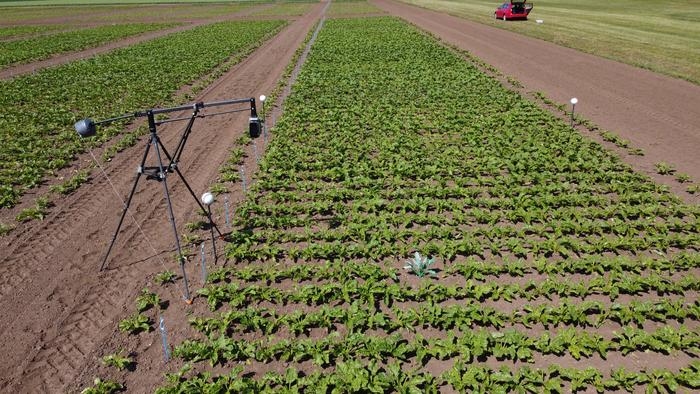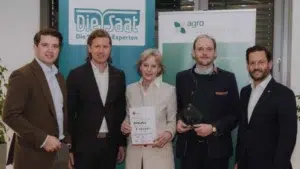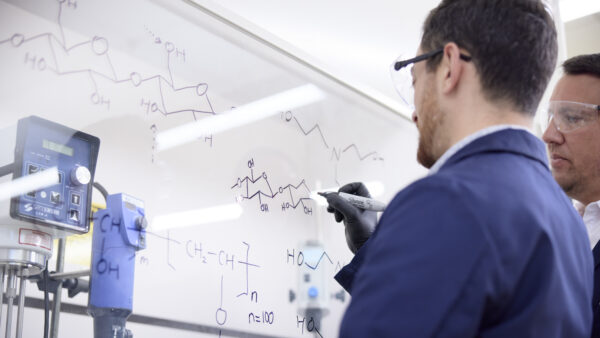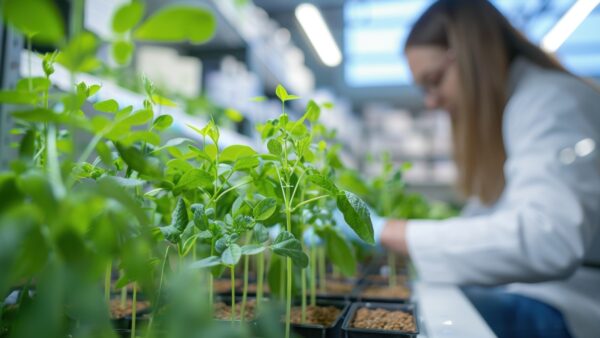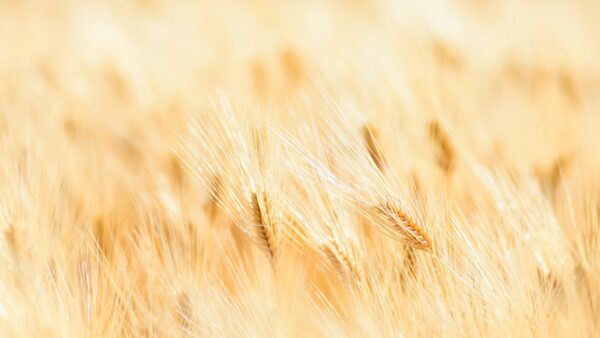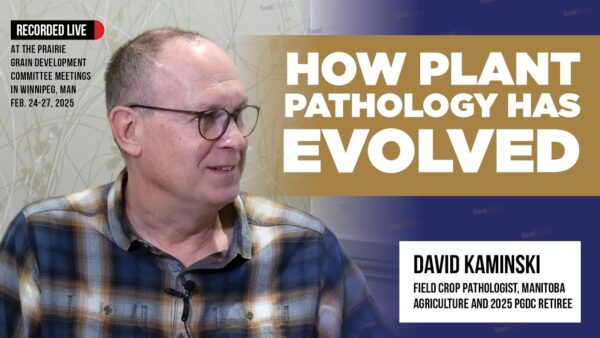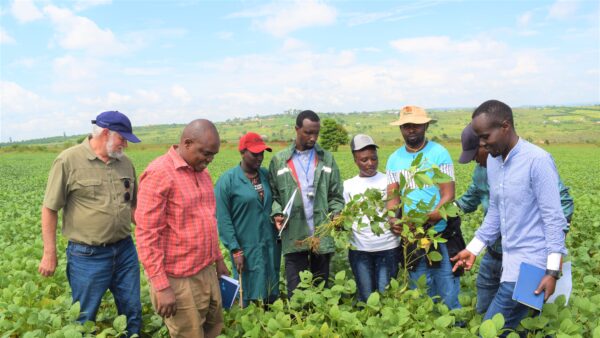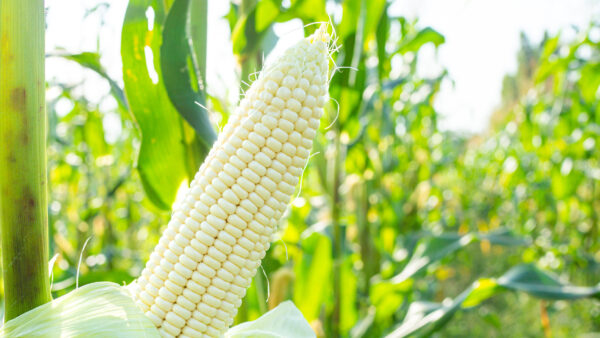German scientists are using laser scanning to generate 3D models of sugar beets, moving a step forward in developing AI-assisted crop pipeline improvement.
Modern plant breeding is now a data-driven endeavor, harnessing machine learning algorithms and advanced imaging technology to select desirable traits. “Plant phenotyping,” the science of gathering precise information and measurements on plants, has seen significant advancements in recent years.
Traditionally, phenotyping required tedious manual measurements. Today, phenotyping is becoming increasingly automated, utilizing cutting-edge sensor technology often assisted by artificial intelligence. These automated pipelines can measure various parameters, including size, fruit quality, leaf shape and size, and other growth factors. Besides efficiency, automated sensors can capture complex plant information on a large scale, which would be challenging for humans to gather.
A critical element in this sensor-driven world of crop breeding is the availability of precise reference material. Sensors need data on a “standard plant” that includes all relevant characteristics, such as the angle of leaf orientation. Having a real-size “artificial plant” as a reference is preferable to mere digital data or 2D representations. Such models can also serve as internal controls within greenhouses or test fields.
The new 3D-printed model of a sugar beet plant was created for these applications, with printing files available for free download and reuse. This allows scientists and enthusiasts to recreate an exact copy of the reference sugar beet, making research more comparable across different labs worldwide. The affordability of 3D printing also makes this approach adaptable in resource-poor settings, such as developing countries.
To create this realistic model, Jonas Bömer and colleagues from the Institute of Sugar Beet Research (Göttingen) and the University of Bonn used LIDAR (Light Detection and Ranging) technology. A real sugar beet plant was scanned by a laser from 12 different angles to create 3D data. After processing, this data was fed into a commercial-grade 3D printer to produce the real-size model. The authors then tested the model for its intended use as a reference in the lab and field.
“In the field of three-dimensional plant phenotyping, the referencing of utilized sensor systems, computer algorithms, and captured morphological parameters represents a challenging yet fundamentally important task,” Jonas Bömer explained in a GigaScience news release. “The application of additive manufacturing technologies for the generation of reproducible reference models presents a novel opportunity to develop standardized methodologies for objective and precise referencing, thereby benefiting both scientific research and practical plant breeding.”
This approach is not limited to sugar beets. The new GigaScience study demonstrates how combining artificial intelligence, 3D printing, and sensor technology can revolutionize future plant breeding, helping feed the world with healthy, delicious crops.
“The value in a printable 3D model is that you can print multiple copies, one per field of crops,” GigaScience data scientist Chris Armit added. “As a low-cost phenotyping strategy, where the major cost is the LIDAR scanner, it would be fantastic to see this approach tested on other crops such as rice or African orphan crops, where there is a need for low-cost phenotyping solutions.”


